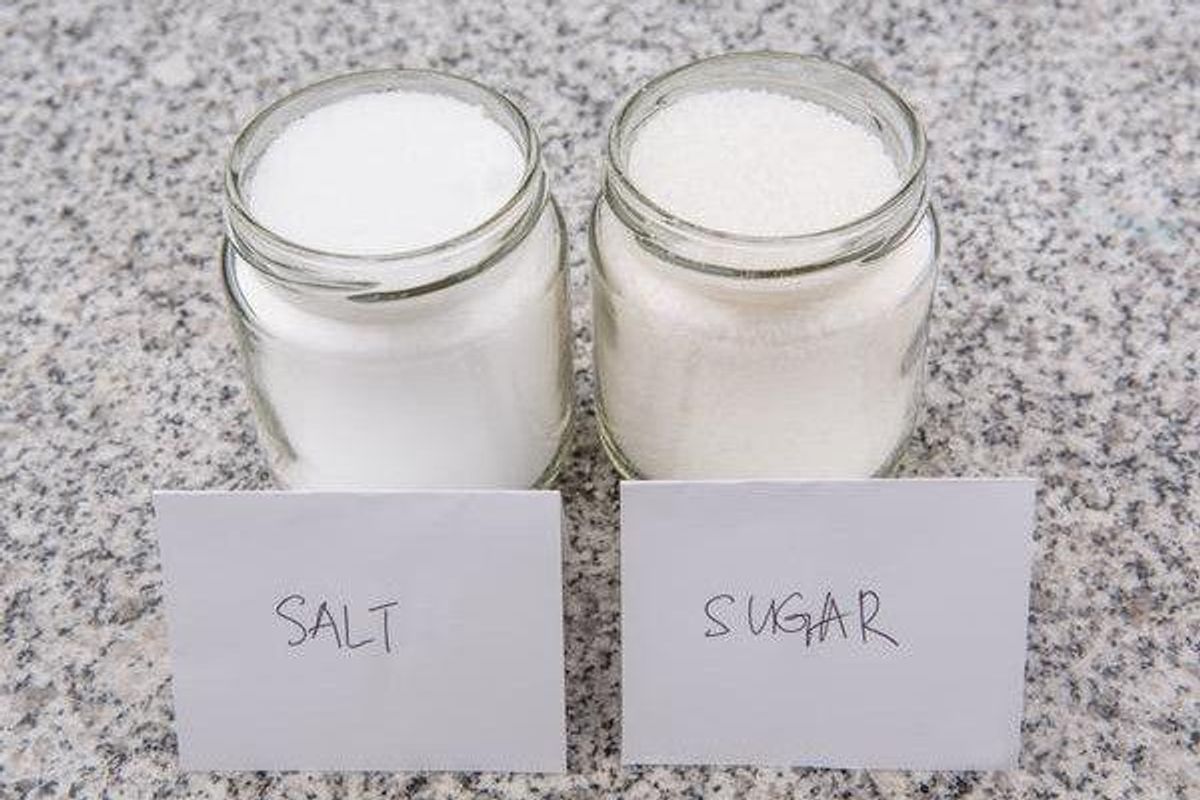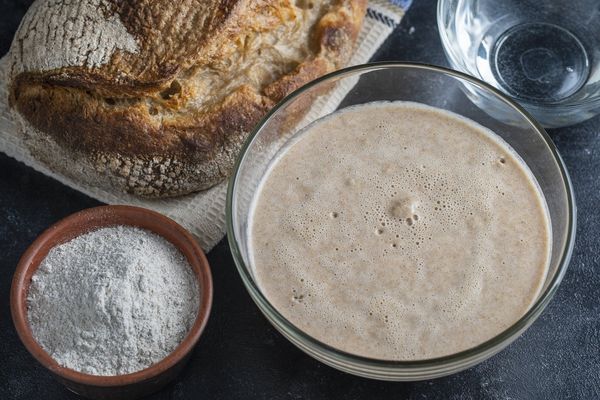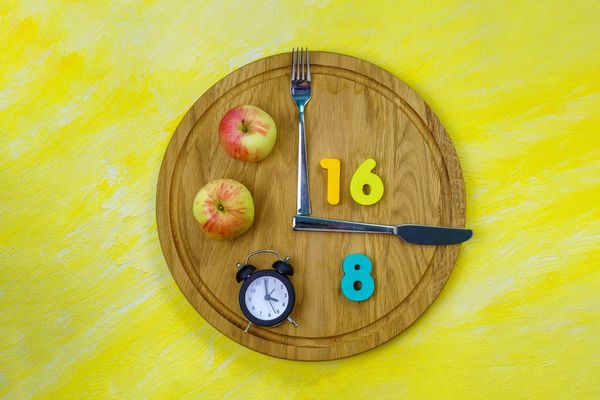Every five years, U.S. law requires an update of the Dietary Guidelines for Americans, which were created in 1980 to help educate consumers about healthy nutrition.
After all, who can't use a reminder for good or better habits, a way to maximize our health and reduce our risk for chronic diseases?
Not only are these guidelines important in keeping people like us informed (and knowing what to shop for at the supermarket!), but they're also used for shaping nutrition policy, education, outreach and food assistance programs.
But sometimes it can feel like the government is trying to reinvent the wheel, since the guidelines generally carry the same old messages from update to update: Eat less fat, salt and sugar; focus on grains, low-fat and fat-free dairy, lean meats, fresh fruits and veggies; and of course, watch your weight.
Sugar and salt grains may look innocuous, but they are common culprits, turning up again and again when it comes to nutrition talk and health. And, as always, we are consuming too much of both.
Sugar has a long-standing association with empty calories, weight gain, cavities and health ills, like heart disease. A major study in JAMA Internal Medicine says that a diet high in sugar may raise your risk of dying of heart disease—even if you're not overweight. There's also evidence of sugar's role in the rates of obesity, type 2 diabetes and some types of cancer.
Current Dietary Guidelines for Sugar
Americans should limit sugar to no more than 10 percent of daily calories (roughly 12 teaspoons per day for many adults). On average, Americans consume between 22 to 30 teaspoons of added sugar daily. Too much.
Salt is associated with high blood pressure. The American Heart Association (AHA) says that too much salt in your body causes water retention, which can put an added burden on your heart and blood vessels. Having high blood pressure makes you more susceptible to heart disease or stroke.
The average American consumption of about 3,400 milligrams of sodium a day is way too high, considering the AHA's recommendation of 1,500 milligrams for optimal heart-health. Cutting back to even 2,400 milligrams a day can be helpful, they say.
Current Dietary Guidelines for Salt
The new guidelines say Americans should cut sodium to no more than 2,300 milligrams per day. That equals one teaspoon (or 6 grams) of salt.
Because some of the sodium in our diets is added during food preparation, there are easy ways to cut back. You can do it yourself, by cooking with less of it and by keeping the saltshaker off the table. Most of the sodium in our diets comes from highly processed foods and baked goods, so avoid them when you can and be sure to check the labels. When ordering at a restaurant, and ask for "no extra salt."
I reached out to four top nutritionists and dietitians to get their advice on easy ways to cut down on salt and/or sugar. Here's what they had to say:
- Substitute fresh fruit for more sugar snacks
- Opt for plain yogurt and add your own fruit for sweetness. Doing so will cut the sugar by more than half.
- Dilute fruit juices with water or seltzer.
- Eat dark chocolate instead of milk chocolate (it's got half the sugar).
- If you crave sweets after meals, try brushing your teeth or licking a lemon—both change your palate and take away the craving.
Jill Weisenberger, MS, RDN, author of The Overworked Person's Guide to Better Nutrition
- Get comfortable with cooking—especially with whole foods.
- To get a sweeter taste without adding sugar, use seasonings like cinnamon, ginger, vanilla and cardamom.
- Medjool dates or dried apricots can satisfy your sweet tooth: both are sweet and sticky (like candy). Or, dip fresh and dried fruits (which are nutrient-packed, without any added sugars) into melted dark chocolate, which has little added sugars.
- To increase flavor without adding salt, use a variety of fresh and dried herbs and spices, and finish with a squeeze of fresh lemon or lime juice or a touch of high-quality vinegar.
- If you're using a seasoning pack (like in taco seasoning), use just half of it.
- When using canned products, use a mix of no-salt added and regular varieties. For example, mix one can of no-salt added diced tomatoes with one can of regular tomato sauce.
- Cut back on sugar by adding less to your tea, coffee and other beverages. Cutting back on sodas and sugar-sweetened beverages can help, too. It's a conscious choice—and can be a tough one—but you one can still enjoy sweetness without loading up on added sugars.
- To cut down on your salt intake, watch out for packaged and processed foods.
- Substitute pepper, herbs and spices for salt.
Bonnie Taub-Dix, author of Read It Before You Eat It and owner of BTD Nutrition Consultants
- Keep in mind that there are naturally occurring sugars in things like milk and fruits. It's added sugars you need to watch for—these are the sugars and syrups added to foods or beverages when they are processed or prepared.
- Water is your best bet as a beverage of choice—this includes tap, bottled, canned and sparkling waters.
- Add citrus to your meal by including orange or grapefruit sections in your salad; squeeze fresh lemon juice on seafood; and use lemon zest in salad dressings, on vegetables or seafood and in marinades and rubs for meat or chicken.
- Fill your salt shaker with a no-salt spice blend. Create your own or pick up a blend at the supermarket.
- Watch the sugar content in things like breads, pasta sauces, salad dressings and other condiments.
- If you use preserved or canned fruits, choose products packed in water rather than sugary syrup.







